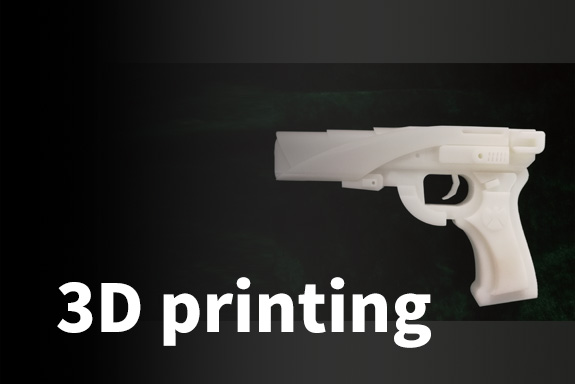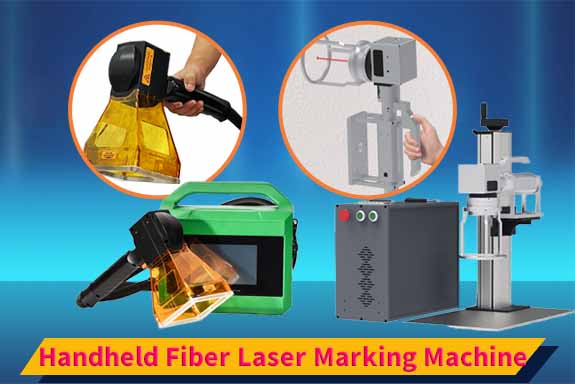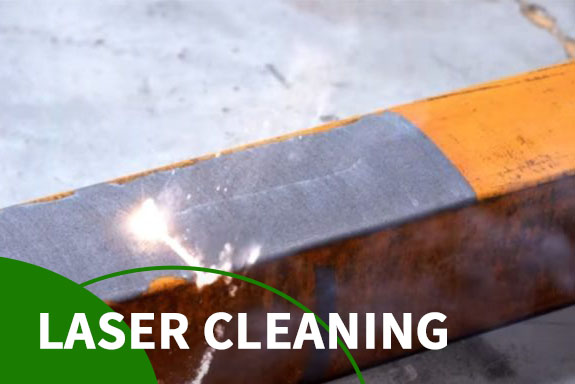
Introduction
3D printing has revolutionized the way we manufacture products, create prototypes, and even produce medical devices. With the advancement of technology, 3D printing machines have become more accessible to businesses and individuals alike. However, one of the most common questions that arise when considering 3D printing is, “How much will a 3D printer cost?” In this article, we will explore the factors that influence the cost of 3D printers and provide insights into the different price ranges available in the market.
Factors Affecting the Cost of 3D Printers
When it comes to the cost of 3D printers, several factors come into play. Understanding these factors can help you make an informed decision when investing in a 3D printing machine.
1. Technology and Printing Method
The technology and printing method used in a 3D printer significantly impact its cost. There are various 3D printing technologies, such as Fused Deposition Modeling (FDM), Stereolithography (SLA), Selective Laser Sintering (SLS), and more. Each technology has its own set of advantages and limitations, which can influence the overall cost of the printer.
2. Build Volume and Print Quality
The build volume, or the maximum size of the object that can be printed, and the print quality are crucial factors in determining the cost of a 3D printer. Larger build volumes and higher print resolutions often come with a higher price tag due to the advanced hardware and components required to achieve these specifications.
3. Material Compatibility
The type of materials a 3D printer can use also affects its cost. Some printers are designed to work with a wide range of materials, including plastics, metals, ceramics, and composites, while others are limited to specific materials. The versatility and compatibility with different materials can impact the overall cost of the printer.
4. Software and Connectivity
The software and connectivity features of a 3D printer play a significant role in its cost. Advanced software capabilities, user-friendly interfaces, and wireless connectivity options can add to the overall price of the printer, especially in the case of industrial-grade or professional 3D printing machines.
5. Brand and Manufacturer
The brand and manufacturer of a 3D printer can also influence its cost. Established brands with a reputation for quality and reliability may offer printers at a higher price point, while newer or lesser-known manufacturers may provide more affordable options. Additionally, the level of customer support, warranty, and after-sales service can vary based on the brand, impacting the overall cost.
Price Ranges of 3D Printers
3D printers are available in a wide range of prices, catering to different budgets and requirements. Here are the typical price ranges of 3D printers based on their capabilities and intended use:
1. Entry-Level 3D Printers
Entry-level 3D printers, often targeted at hobbyists, educators, and beginners, are priced in the range of $200 to $1000. These printers usually have smaller build volumes, basic print resolutions, and limited material compatibility. While they may not offer the advanced features of higher-end models, they serve as an affordable entry point into 3D printing.
2. Mid-Range 3D Printers
Mid-range 3D printers, priced between $1000 and $5000, offer a balance between affordability and performance. These printers typically feature larger build volumes, improved print quality, and enhanced material compatibility. They are suitable for small businesses, prototyping purposes, and enthusiasts looking for more advanced capabilities.
3. Professional and Industrial 3D Printers
Professional and industrial-grade 3D printers, with prices ranging from $5000 to upwards of $100,000, are designed for commercial use, rapid prototyping, and manufacturing applications. These printers boast large build volumes, high precision, multi-material compatibility, and advanced features such as automated calibration and remote monitoring. They are commonly used in industries such as aerospace, automotive, healthcare, and engineering.
Considerations When Evaluating the Cost
When assessing the cost of a 3D printer, it’s essential to consider the long-term benefits and potential return on investment. Here are some key considerations to keep in mind:
1. Total Cost of Ownership
In addition to the upfront cost of the 3D printer, it’s crucial to factor in the total cost of ownership, which includes ongoing expenses such as maintenance, consumables, software updates, and any additional accessories or upgrades required for optimal performance.
2. Application and Use Case

The intended application and use case for the 3D printer should drive the decision-making process. Consider whether the printer meets the specific requirements of your projects, whether it’s for rapid prototyping, production of end-use parts, educational purposes, or personal projects.
3. Support and Training
Evaluate the level of support, training, and technical assistance offered by the manufacturer or reseller. Access to comprehensive customer support, training resources, and a reliable warranty can contribute to the overall value of the 3D printer.
4. Future Expansion and Upgradability
Look for 3D printers that offer room for future expansion and upgradability. The ability to integrate new technologies, accessories, and software updates can extend the lifespan and capabilities of the printer, potentially providing a higher return on investment over time.
Conclusion
The cost of a 3D printer varies significantly based on factors such as technology, build volume, material compatibility, software features, and brand reputation. Understanding the price ranges and considerations associated with 3D printers is essential for making an informed decision that aligns with your budget and requirements. Whether you’re a hobbyist, entrepreneur, or industry professional, the diverse range of 3D printing machines available in the market offers options for every level of expertise and application. By carefully evaluating the cost and capabilities of 3D printers, you can embark on a transformative journey into the world of additive manufacturing.
由用户整理投稿发布,不代表本站观点及立场,仅供交流学习之用,如涉及版权等问题,请随时联系我们(yangmei@bjjcz.com),我们将在第一时间给予处理。






